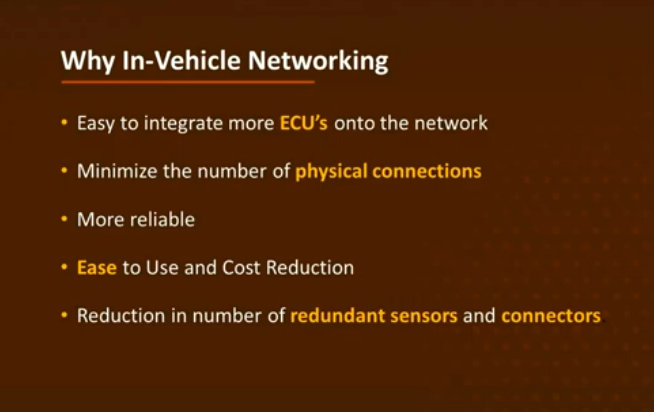In the age of smart vehicles and connected transportation, the role of connectivity in automotive networks has emerged as a linchpin for innovation.
The integration of advanced communication technologies has redefined the driving experience, bringing forth a new era of intelligent vehicles.
In this blog post, we will look at the role of connectivity in automotive networks and how it is reshaping the landscape of modern mobility.
1. Real-time Data Exchange
At the core of connectivity in automotive networks is the ability to facilitate real-time data exchange.
Vehicles equipped with sensors, cameras, and communication modules can transmit a wealth of information instantly.
This data encompasses everything from engine diagnostics and fuel efficiency to road conditions and traffic patterns, enabling a comprehensive understanding of the vehicle’s environment and performance.
2. Telematics for Remote Monitoring
Connectivity empowers telematics systems, allowing for remote monitoring of vehicles.
Whether it’s a single car or an entire fleet, real-time tracking provides valuable insights into the location, status, and health of each vehicle.
Fleet managers can optimize routes, schedule maintenance, and ensure that vehicles are operating at their peak efficiency, leading to improved overall performance and cost-effective operations.
3. Enhanced Driver Assistance Systems (ADAS)
Connectivity forms the backbone of Advanced Driver Assistance Systems (ADAS), revolutionizing vehicle safety.
Sensors and cameras collect data in real-time, and through connectivity, this information is processed to provide drivers with instant alerts and interventions.
From collision warnings to adaptive cruise control, connectivity plays a pivotal role in making driving safer and more efficient.
4. Vehicle-to-Vehicle (V2V) Communication
One of the most transformative aspects of connectivity in automotive networks is Vehicle-to-Vehicle (V2V) communication.
This feature enables vehicles to communicate with each other, sharing information about speed, location, and potential hazards.
This real-time exchange fosters collective intelligence on the road, allowing vehicles to anticipate and respond to changing conditions, ultimately reducing the risk of accidents.
5. Remote Vehicle Control and Interaction
Connectivity allows for remote vehicle control and interaction, giving drivers unprecedented access to their vehicles.
From starting the engine and adjusting climate controls to checking battery status, these capabilities add convenience to the driving experience.
Also, in emergency situations, connectivity enables quick communication with emergency services, providing crucial information for rapid response.
6. Over-the-Air (OTA) Updates
With connectivity, automotive manufacturers can implement Over-the-Air (OTA) updates, a game-changer for vehicle software.
Instead of requiring physical visits to a service center, manufacturers can remotely update software, fix bugs, and even add new features.
This not only enhances the user experience but also ensures that vehicles are always running on the latest and most secure software.
Conclusion
Connectivity is the thread weaving together the modern complex automotive networks.
From real-time data exchange and remote monitoring to enabling advanced safety features and over-the-air updates, the role of connectivity is shaping the future of mobility.
As vehicles continue to evolve into intelligent, interconnected entities, the connectivity within automotive networks will undoubtedly play a pivotal role in defining the next chapter of transportation – a chapter marked by efficiency, safety, and a seamless fusion of technology with the open road.
